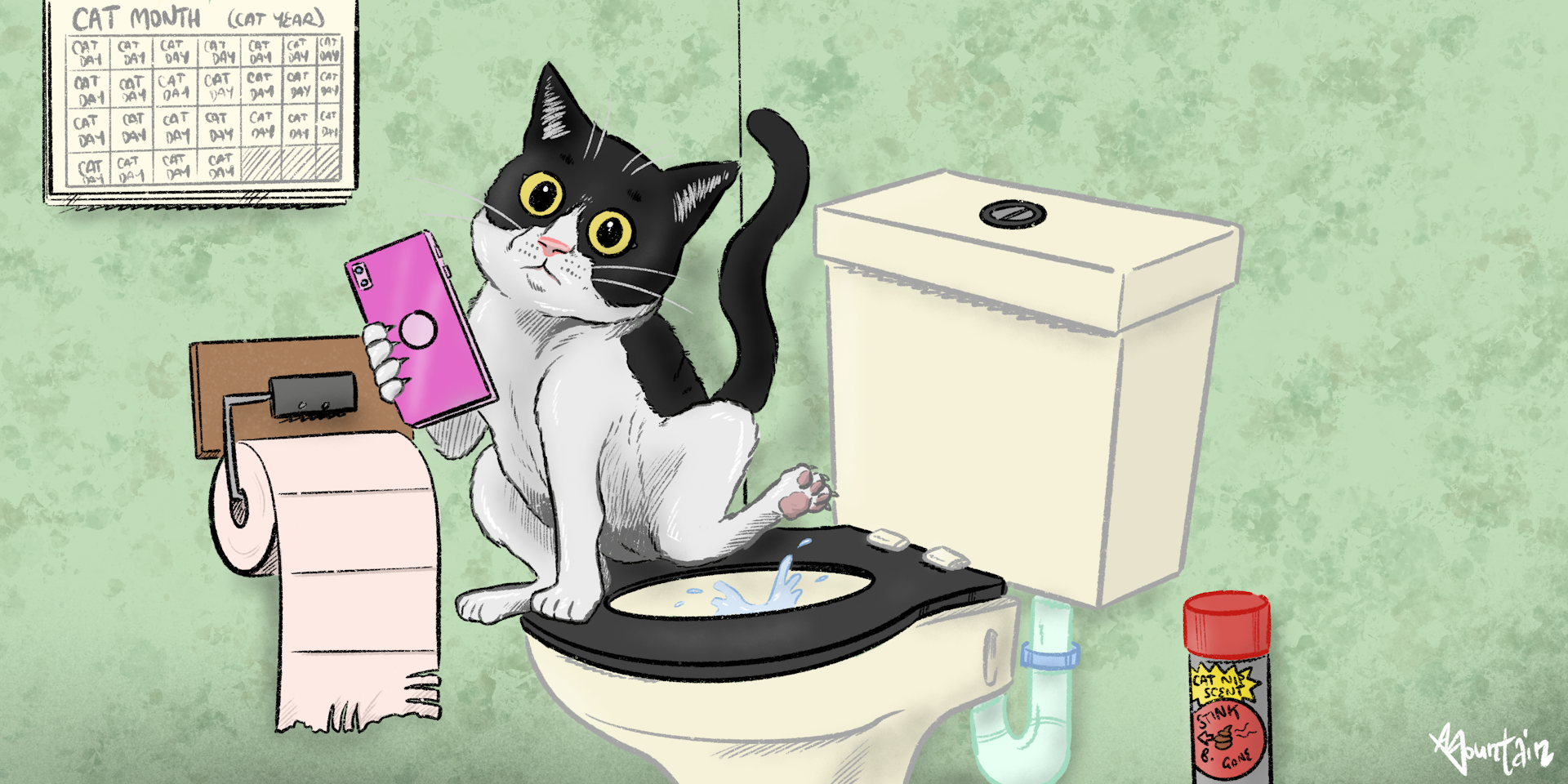Potential Risks of Flushing Cat Poop Down Your Toilet - Advice for Better Disposal
Potential Risks of Flushing Cat Poop Down Your Toilet - Advice for Better Disposal
Blog Article
Were you searching for selective information concerning How to Dispose of Cat Poop and Litter Without Plastic Bags?

Introduction
As feline owners, it's necessary to be mindful of just how we dispose of our feline friends' waste. While it might appear practical to flush pet cat poop down the commode, this practice can have destructive consequences for both the atmosphere and human health.
Ecological Impact
Flushing feline poop introduces dangerous pathogens and bloodsuckers right into the water system, posturing a substantial threat to water communities. These pollutants can negatively influence aquatic life and concession water high quality.
Health Risks
Along with environmental problems, flushing feline waste can likewise position health and wellness risks to people. Cat feces may have Toxoplasma gondii, a parasite that can trigger toxoplasmosis-- a possibly serious disease, particularly for expectant ladies and people with damaged body immune systems.
Alternatives to Flushing
Thankfully, there are safer and a lot more accountable methods to get rid of pet cat poop. Consider the complying with options:
1. Scoop and Dispose in Trash
One of the most typical technique of throwing away feline poop is to scoop it into a biodegradable bag and toss it in the garbage. Be sure to make use of a devoted litter inside story and throw away the waste quickly.
2. Use Biodegradable Litter
Opt for eco-friendly pet cat trash made from products such as corn or wheat. These trashes are eco-friendly and can be safely taken care of in the garbage.
3. Bury in the Yard
If you have a yard, consider burying feline waste in a designated location far from veggie gardens and water sources. Make certain to dig deep enough to prevent contamination of groundwater.
4. Set Up a Pet Waste Disposal System
Buy an animal waste disposal system especially created for pet cat waste. These systems make use of enzymes to break down the waste, decreasing smell and environmental effect.
Conclusion
Responsible family pet ownership prolongs beyond providing food and sanctuary-- it additionally includes proper waste management. By avoiding purging cat poop down the commode and selecting alternate disposal approaches, we can minimize our ecological footprint and safeguard human health.
Why You Should Never Flush Cat Poop Down the Toilet
A rose by any other name might smell as sweet, but not all poop is created equal. Toilets, and our sewage systems, are designed for human excrement, not animal waste. It might seem like it couldn’t hurt to toss cat feces into the loo, but it’s not a good idea to flush cat poop in the toilet.
First and foremost, assuming your cat uses a litter box, any waste is going to have litter on it. And even the smallest amount of litter can wreak havoc on plumbing.
Over time, small amounts build up, filling up your septic system. Most litter sold today is clumping; it is made from a type of clay that hardens when it gets wet. Ever tried to scrape old clumps from the bottom of a litter box? You know just how cement-hard it can get!
Now imagine just a small clump of that stuck in your pipes. A simple de-clogger like Drano isn’t going to cut it. And that means it’s going to cost you big time to fix it.
Parasitic Contamination
Believe it or not, your healthy kitty may be harboring a nasty parasite. Only cats excrete Toxoplasma in their feces. Yet it rarely causes serious health issues in the cats that are infected. Most people will be fine too if infected. Only pregnant women and people with compromised immune systems are at risk. (If you’ve ever heard how women who are expecting are excused from litter cleaning duty, Toxoplasma is why.)
But other animals may have a problem if infected with the parasite. And human water treatment systems aren’t designed to handle it. As a result, the systems don’t remove the parasite before discharging wastewater into local waterways. Fish, shellfish, and other marine life — otters in particular — are susceptible to toxoplasma. If exposed, most will end up with brain damage and many will die.
Depending on the species of fish, they may end up on someone’s fish hook and, ultimately on someone’s dinner plate. If that someone has a chronic illness, they’re at risk.
Skip the Toilet Training
We know there are folks out there who like to toilet train their cats. And we give them props, it takes a lot of work. But thanks to the toxoplasma, it’s not a good idea.

Hopefully you enjoyed reading our piece about How to Dispose of Cat Poop and Litter Without Plastic Bags. Thanks a lot for taking the time to read through our content. Sharing is caring. Helping people is fun. Thanks so much for taking the time to read it.
Schedule Now Report this page